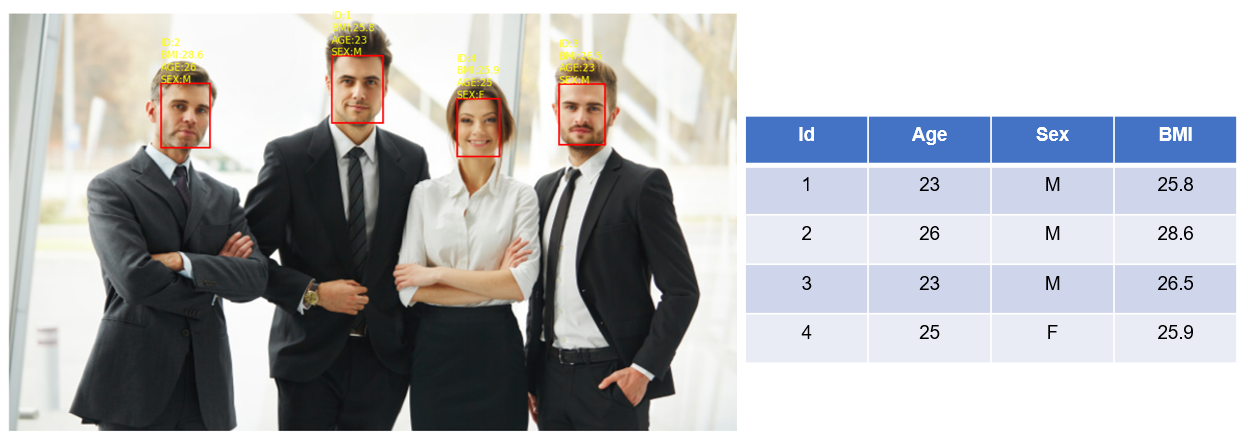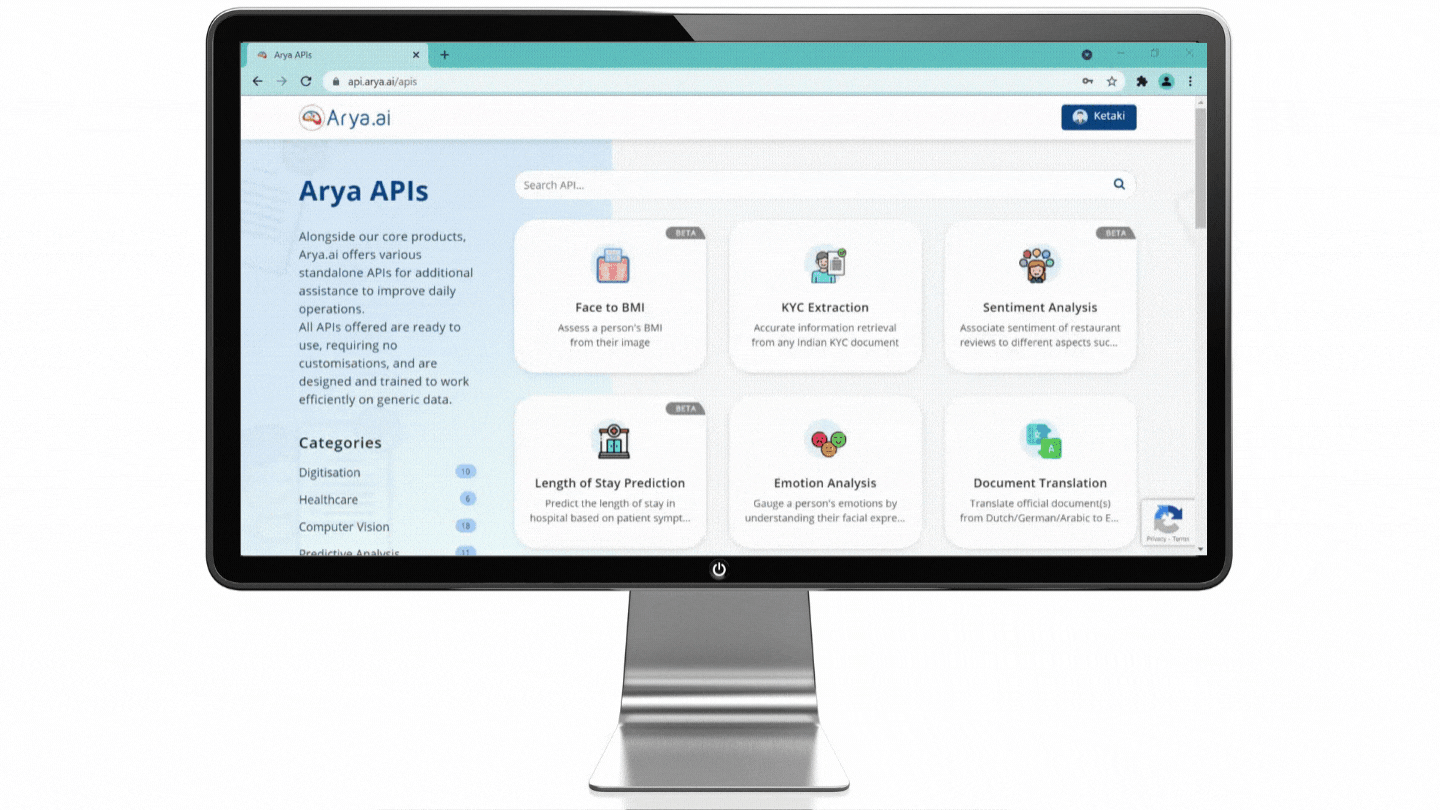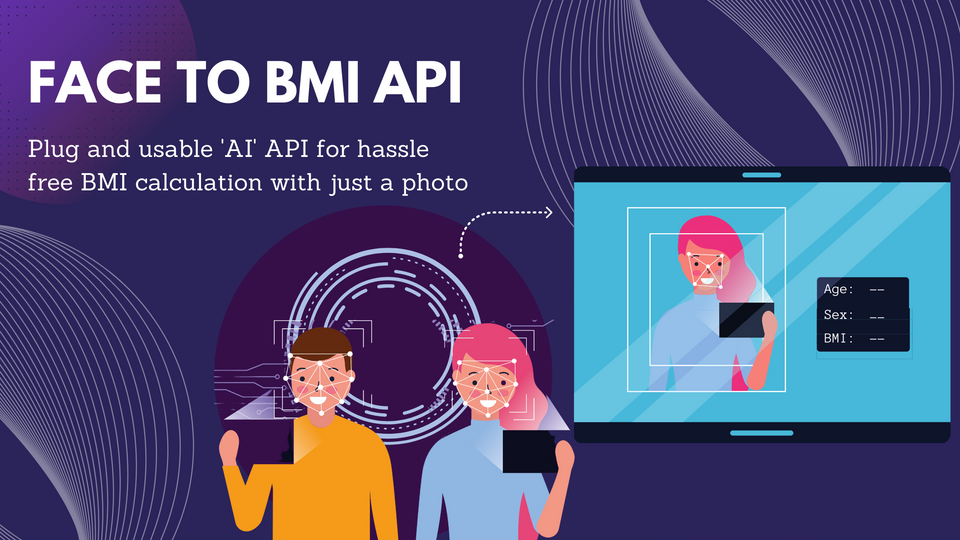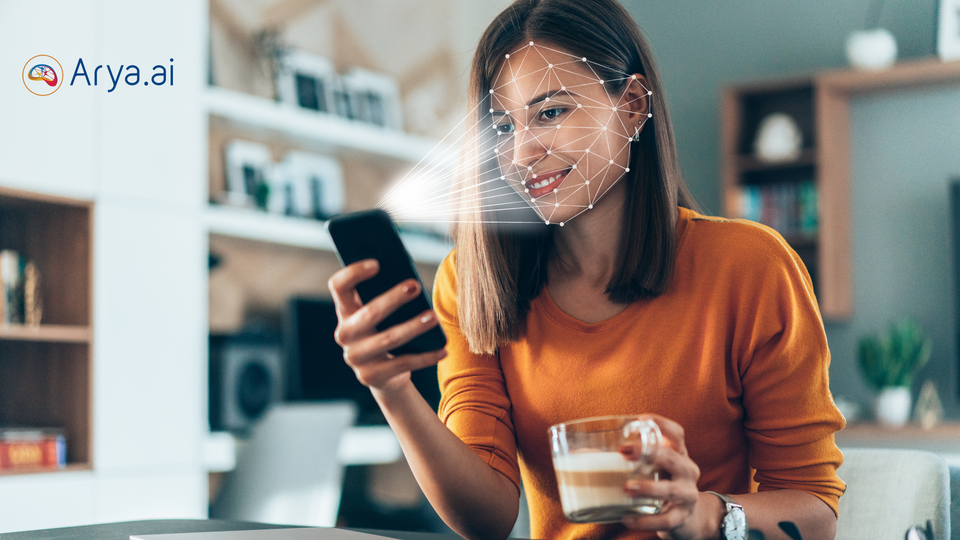With the need for digital transformation on the rise, APIs have now become a competitive business advantage. Small 'codes' acting as connectors between systems, APIs quickly interconnect new products and services, improve operations, create new business opportunities and customer experiences.
When coupled with Artificial Intelligence (AI), APIs become more intelligent and agile, providing higher levels of precision for specific and relevant tasks - also giving the strategic advantage kickstarting the AI journey. A recent survey indicated that the highest demand from customers and partners is the need for customized APIs that fit a specific business need.
At Arya.ai, we have built a suite of ‘AI’ APIs designed to meet such specific needs. One of the more interesting APIs from the library is the ‘Face to BMI’ API.
Face to-BMI by Arya.ai
Providing hassle free BMI calculation with just a photo/selfie, Face to BMI API uses selfies or any face images to predict bio markers like BMI, age and gender of the customer, eliminating the need for weighing scales and measures.
The API comes with pre-built workflows, and can easily integrate into an existing architecture.
How is it built?
The API is built addressing two major functions:
- Detecting faces from the images
- Extracting relevant features from the detected faces to predict the output
The detection model is built using a Multi-Task Cascaded Convolutional Neural Network (MTCNN) architecture. The architecture detects the faces and prepares it for the next step, i.e., prediction.
The prediction model, built using multi-task learning architecture, uses Convolutional Neural Network (CNN) as a backbone feature extractor. The features are then shared among three branches, predicting the BMI, Age and Sex.
How to use it?
The Face to BMI API is user-friendly, all you need is a picture of one or more individuals. The uploaded image is then processed through detection and prediction models.
A. Detection model:
- Pre-processes and aligns the facial features of the image.
- Enables prediction for multiple faces in the same image. In the inference phase, faces are detected from the input image and each face goes through the same pre-processing and makes the predictions.
B. Prediction model:
Prediction model then analyses the facial features received from the detection model, and predicts required bio markers i.e., BMI, Age and Sex as outputs.

Conclusion:
Not only APIs fast-track digital transformation across organizations, but also connect a spectrum of capabilities. The Face to BMI API is performing well on various quality of images, be it the image of one person or a group of people. The potential applications are in industries like healthcare, wellness, insurance, etc. where the model can be used across tasks such as customer onboarding, progress tracking, rewards, risk predictions, etc.
A scope for further development can be to train the model to detect other parameters - like detecting smokers and non-smokers. With additional data points being available, any biases can also be removed, further improving the model accuracy.

You can easily get a hands-on experience of our suite APIs on https://api.arya.ai/.
Happy browsing!






